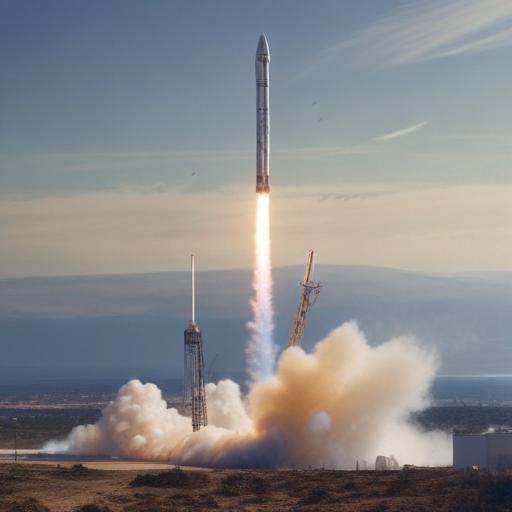SpaceX successfully launched its Falcon 9 rocket from Cape Canaveral Space Force Station on May 14, carrying 28 Starlink internet satellites into low-Earth orbit. The liftoff occurred at 12:38 p.m., marking SpaceX’s first daylight launch from Florida since late March.
Prior to the launch, the Space Force’s 45th Weather Squadron provided a promising forecast, stating a 95% chance of favorable weather conditions for the launch, with only minor concerns about cumulus clouds. The Falcon 9’s first-stage booster, which had previously supported several missions including Crew-10 and SES O3b mPOWER-E, successfully landed on the drone ship A Shortfall of Gravitas in the Atlantic Ocean approximately eight minutes after liftoff, concluding its fourth flight.
In a continuation of its busy launch schedule, the Falcon 9’s launch was the 42nd orbital rocket launch of the year from Cape Canaveral, showcasing SpaceX’s dedication to expanding global internet coverage through its Starlink program. Brevard County Emergency Management activated its launch operations support team to ensure public safety during the event.
As SpaceX maintains its momentum in satellite deployment, this launch further cements its position as a leader in space travel and technology innovation. The advancements in internet connectivity through the Starlink network have the potential to transform communication access around the world, illustrating a hopeful future for global connectivity.
With advancements like this, space exploration and satellite technology continue to push boundaries, promising to enhance lives through improved global internet access and a new era of connectivity.
